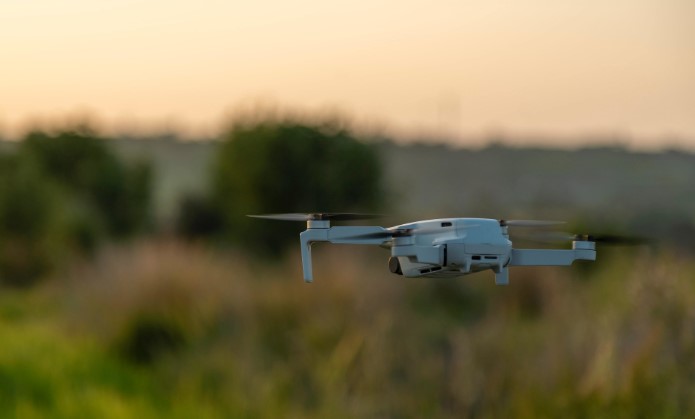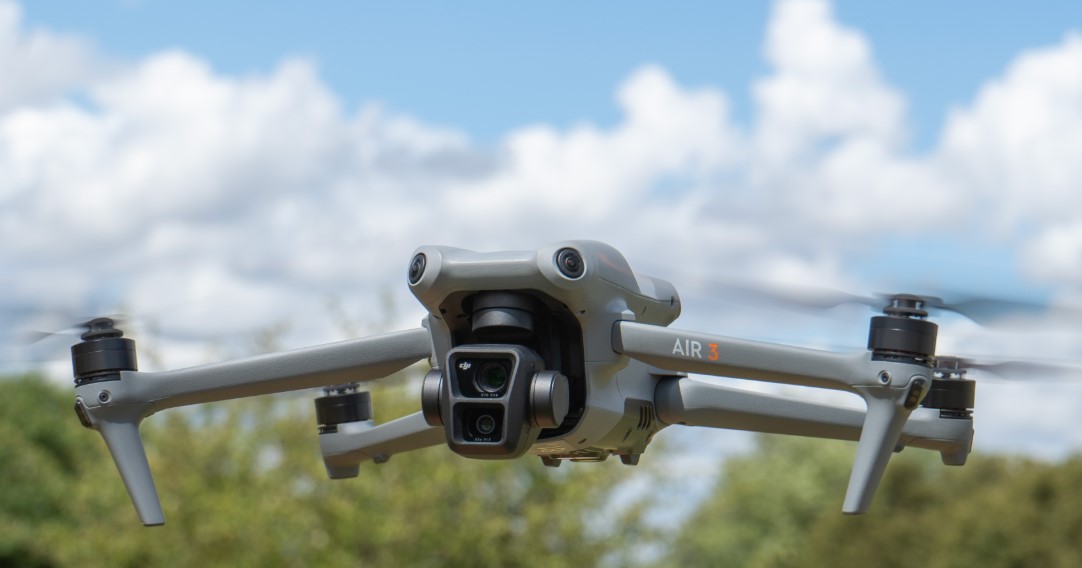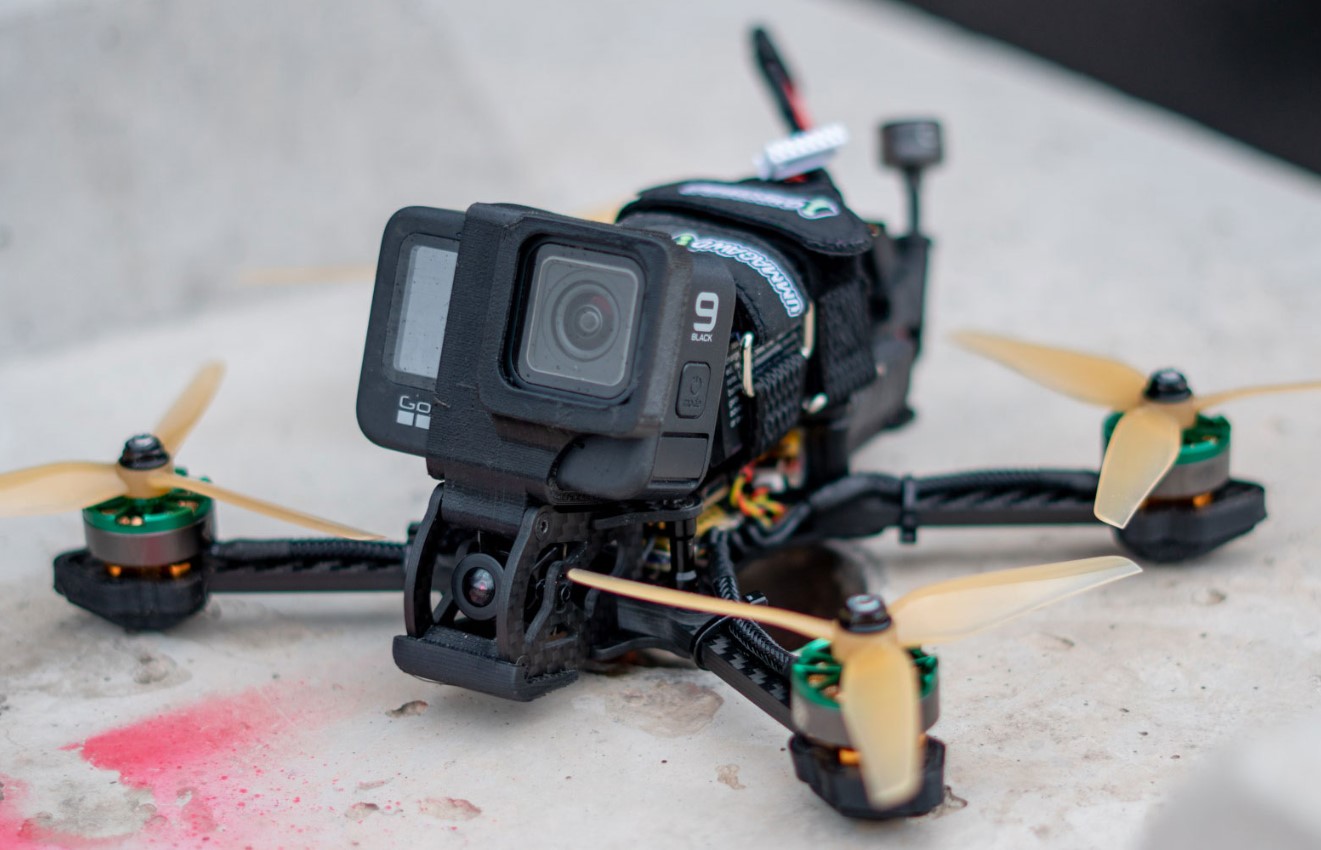Can Military Drones Be Detected by Radar? The evolution of military technology has transformed the landscape of modern warfare, and drones are at the forefront of this transformation. These unmanned aerial vehicles (UAVs) are employed for reconnaissance, surveillance, and even combat. One critical question surrounding military drones is whether they can be detected by radar systems. Understanding the capabilities and limitations of radar in detecting drones is crucial for both military defense strategies and the development of counter-drone technologies. This essay delves into the technical, tactical, and strategic aspects of radar detection for military drones. Follow Dronevoz.com !!!
Understanding Radar Technology
Radar, an acronym for Radio Detection and Ranging, is a technology used to detect and locate objects by emitting radio waves and analyzing the reflected signals. Radar systems consist of a transmitter, receiver, antenna, and a processor. When an electromagnetic signal is transmitted, it bounces off objects within its range. The radar receiver then captures the reflected signal, providing data about the object’s distance, speed, size, and trajectory.
Traditionally, radar has been used to track large objects like aircraft, ships, and missiles. However, with the emergence of drones, especially smaller and stealthier ones, traditional radar systems face significant challenges.
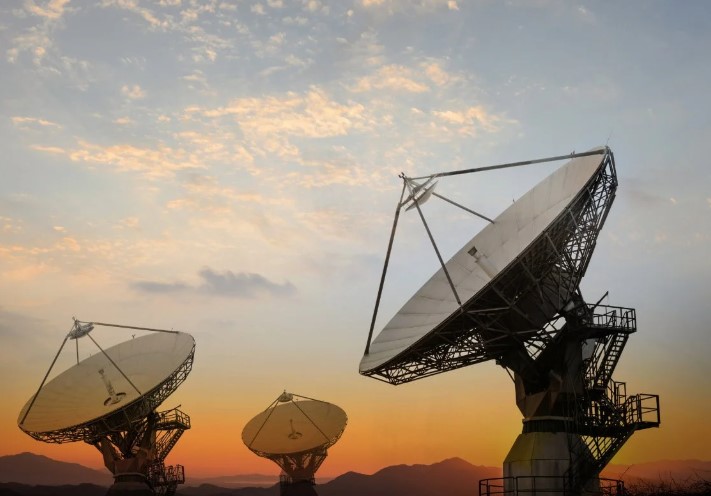
Factors Influencing Drone Detection by Radar
Several factors determine whether a military drone can be detected by radar:
- Size of the Drone
Military drones come in a variety of sizes, from large drones like the MQ-9 Reaper to small reconnaissance drones. Smaller drones have a minimal radar cross-section (RCS), making them harder to detect. RCS is a measure of how much electromagnetic energy an object reflects back to the radar. The smaller the RCS, the less detectable the object.
- Material and Design
Military drones often incorporate stealth technologies, such as radar-absorbing materials (RAM) and aerodynamic designs, to minimize their RCS. These materials absorb radar waves rather than reflecting them, reducing the chances of detection.
- Flight Altitude and Speed
Low-altitude flights help drones avoid detection by ground-based radar systems, which are often optimized for tracking objects at higher altitudes. Additionally, drones that fly at slow speeds can blend into the background clutter, making it harder for radar systems to identify them as threats.
- Radar Frequency and Sensitivity
Radar systems operate at different frequencies, which influence their ability to detect drones. High-frequency radars, such as X-band and Ka-band, are more effective at detecting small objects like drones. However, these radars are also more prone to signal interference from environmental factors like rain or foliage.
- Environmental Conditions
Weather conditions, terrain, and obstacles such as buildings or trees can impact radar performance. Drones that fly in cluttered environments, such as urban areas, can exploit these factors to avoid detection.
>>> Read: Can a Drone Cut Your Finger Off? How to Prevent Drone-Related Injuries
Radar Technologies for Detecting Drones
Despite the challenges, advancements in radar technology have enhanced the ability to detect military drones. Several radar systems and techniques have been specifically developed to address the unique characteristics of drones.
- 3D Radar Systems
Unlike traditional 2D radars, 3D radar systems provide detailed information about an object’s location, including altitude. This capability is particularly useful for detecting drones that operate at varying altitudes.
- Phased Array Radar
Phased array radar uses electronically steered antenna beams to track multiple targets simultaneously. Its ability to focus on specific areas makes it effective for detecting small, fast-moving drones.
- Passive Radar Systems
Passive radar systems detect drones by analyzing changes in existing electromagnetic signals, such as television or mobile phone signals. These systems do not emit their own signals, making them stealthier and less susceptible to interference.
- Low-Probability-of-Intercept (LPI) Radar
LPI radars use low-power signals and frequency modulation techniques to minimize their detectability. These radars are particularly useful in counter-drone operations where stealth is essential.
- Counter-Drone Radar Systems
Specialized counter-drone radars are designed to detect and track drones based on their unique flight patterns and radio frequency emissions. These systems often work in conjunction with other sensors, such as acoustic or infrared sensors, to enhance detection accuracy.
Limitations of Radar in Detecting Military Drones
While radar technology has advanced, it is not foolproof. The following limitations highlight the ongoing challenges in detecting military drones:
- Low Radar Cross-Section: Stealthy drones with a small RCS remain difficult to detect, even with advanced radar systems.
- Signal Interference: Environmental noise, weather conditions, and electronic jamming can interfere with radar signals, reducing detection accuracy.
- Decoys and Countermeasures: Drones equipped with radar countermeasures, such as chaff or electronic warfare systems, can confuse or overwhelm radar systems.
- High Costs: Deploying sophisticated radar systems across large areas can be prohibitively expensive for many nations.
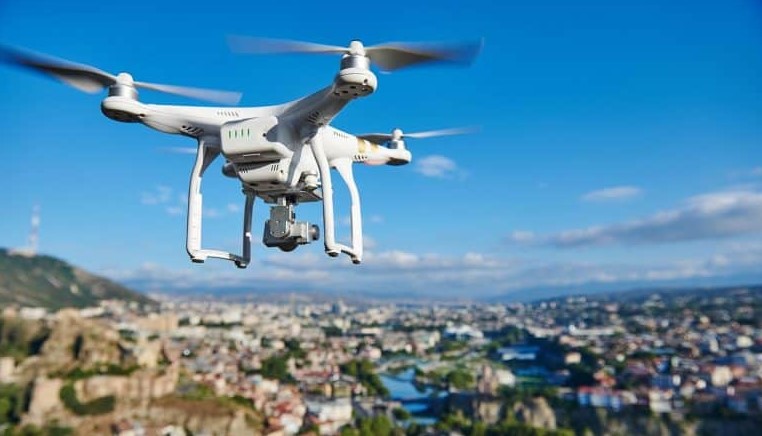
Non-Radar Detection Methods
Given the limitations of radar, alternative detection methods are often employed to supplement radar systems.
- Acoustic Sensors: These detect the distinct sound signatures of drone propellers.
- Infrared Sensors: These track the heat emissions from drone engines.
- Visual Systems: Cameras and optical sensors provide visual confirmation of drones, especially in well-lit conditions.
- Radio Frequency (RF) Detection: Drones often rely on RF communication for control. RF detection systems can intercept these signals to locate drones.
Implications for Military Strategy
The ability to detect military drones has significant implications for modern warfare and defense strategies. Nations that excel in counter-drone technologies gain a tactical advantage, as they can neutralize threats before they escalate. Conversely, the inability to detect drones can leave critical infrastructure and military assets vulnerable to attacks.
To address these challenges, militaries worldwide are investing in integrated air defense systems that combine radar, acoustic, infrared, and RF detection capabilities. Additionally, research into artificial intelligence and machine learning is enhancing the ability to analyze and interpret radar data in real time.
Conclusion
Can military drones be detected by radar? The answer depends on various factors, including the size, design, and capabilities of the drone, as well as the sophistication of the radar system. While traditional radar systems face challenges in detecting modern military drones, advancements in radar technology, combined with alternative detection methods, are bridging the gap.
As the use of drones continues to grow in military operations, the race between stealth drone development and detection technology is likely to intensify. For defense strategists and policymakers, staying ahead in this race is not just a technological necessity but a strategic imperative. By investing in multi-layered detection systems and leveraging emerging technologies, nations can enhance their ability to counter the growing threat posed by military drones.
